Only months after One World Trade Center was topped off in August 2012, claiming the title of “Tallest Building in the Western Hemisphere” at a symbolic 1,776 feet (in reference to the year the Declaration of Independence was signed), a few editors at TIME Magazine got together and considered how they could show the tower’s beauty and awesomeness to the world. They decided on an interactive panorama, which became one of their most famous cover pages in recent memory.
This video, not for those with vertigo, shows the process behind the epic photo shoot:
The project was heralded by Jonathan D. Woods, TIME’s senior photo & interactive editor. He and several other editors scribbled down some tough ideas on napkins and sent them to GigaPan, a start-up based out of Portland that specializes in high-resolution panoramas.
The idea for a panorama came to Woods after seeing a famous shot by Joe McNally of a maintenance worker replacing a dead lightbulb atop the Empire State Building:
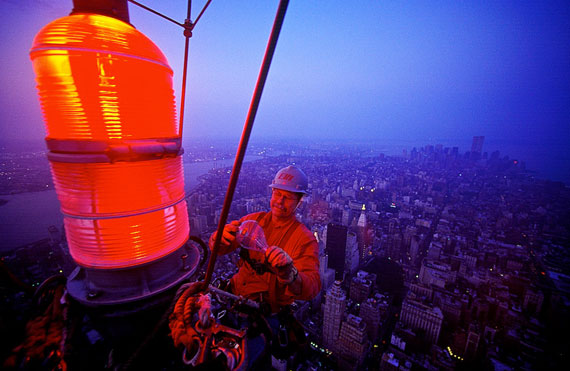
Joe McNally’s famous shot from the Empire State Building inspired Woods to try his own modern take.
The team first got together in Portland, Oregon to try out the technology. The video doesn’t focus much on the device itself, which seems to be a long, sturdy beam stretched out with the camera attached to a trigger switch.
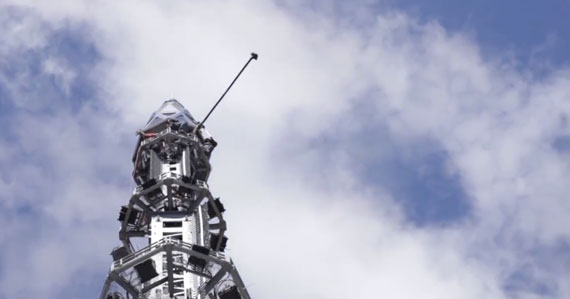
The rod’s full extension is roughly 10 feet.
The team had to anticipate every possible problem, including strong 25mph winds, camera vibrations, security and, of course, their own personal safety. They tested the device out first on Portland’s Fremont Bridge, snapping a few shots and maneuvering the beam. When they returned, Woods says, they were devastated to find that nothing had worked: the camera didn’t take a single image.
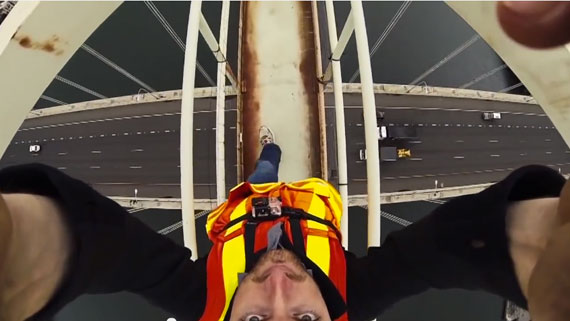
Testing out the rig on top of the Fremont Bridge in Portland, Oregon.
Several months later, after believing they’d fixed the problems, they rode the external elevator of One World Trade Center to the very top and had to climb even higher to the peak of the spire.
“The spire gets so narrow that you can’t physically climb on the inside. So we had to move to the outside of the spire. So then, when we got ready to climb the final two segments of the spire, hand-over-hand, rung-over-rung, we started to climb. Four-hundred-and-five feet up to the top of the spire. When you stepped out onto that platform for the first time… it’s just like, you can see the whole world from up there.” – Jonathan D. Woods
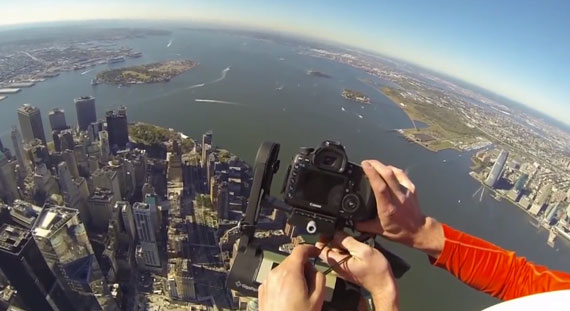
Finally set up, the camera took individual shots in columns, moving iotas at a time to create a smooth panoramic blend.
The result is remarkable; the resolution is so crisp that you can zoom in and see children playing at a playground, boats zooming through the river, and the very edges of Manhattan Island.
“More than anything, when people see this photo, I hope that they appreciate being brought somewhere that they can’t go.” – Jonathan D. Woods
Like This Article?
Don't Miss The Next One!
Join over 100,000 photographers of all experience levels who receive our free photography tips and articles to stay current:
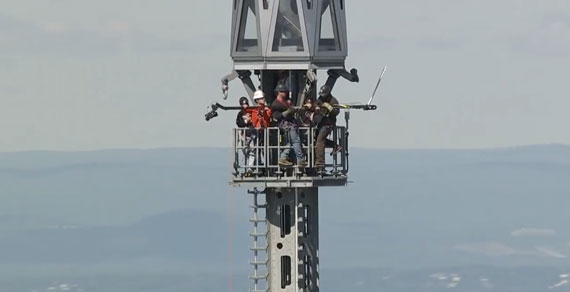
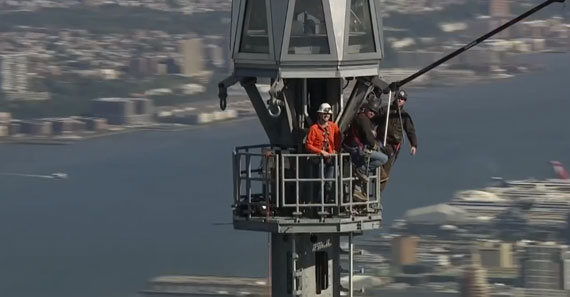

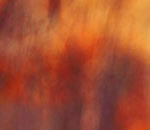

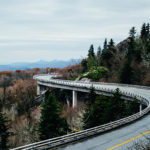


Leave a Reply